Here at Message from the Underworld there’s been a flurry of what Miller from the greatest movie of all time calls “the lattice of coincidence”:
“A lot of people don't realize what's really going on. They view life as a bunch of unconnected incidents and things. They don't realize that there's this, like, lattice of coincidence that lays on top of everything. Give you an example; show you what I mean: suppose you're thinking about a plate of shrimp. Suddenly someone'll say, like, "plate," or "shrimp," or "plate o' shrimp" out of the blue, no explanation. No point in looking for one, either. It's all part of a cosmic unconsciousness.”
Last week I walked down to Beat Box Record Store, which is down the street from my studio here in Barrio Logan. It’s nice to chit-chat with Bernie about the neighborhood and browse through the bins. He’s always got some interesting stuff.
I bought a VHS copy of Along the Way, the video Bad Religion recorded during the European Suffer Tour. I thought about grabbing the album Living Dead by Dead Hippie. If you’ve read Corporate Rock Sucks you may recall there’s an SST connection here. Dead Hippie was fronted by Simon Smallwood, who briefly performed with Chuck Dukowski in Würm and gave some consideration to playing in SWA.
Smallwood was a captivating performer and I remember his appearance on New Wave Theatre, a cable access music show hosted and curated by Peter Ivers who was a fascinating figure in his own right. Ivers opened the show with a monologue that was as prophetic as it was profound. Watch the first five minutes of this show and marvel at the prescience of Ivers’ words and the intensity of Smallwood’s performance.
I didn’t buy the record, but wished I did, a stray vibration of regret. I went back the next day and picked it up. Living Dead was released by Pulse Records, which according to discogs, had a curious catalog system and released a total of five records, the first of which was Middle Class’s Homeland (PR 123). Living Dead was Pulse’s third release (PR 345) and features photography by Edward Colver, who, coincidentally, if you believe in that sort of thing, posted this extraordinary photo of Smallwood the week before last. (Edward told me he took the band photo that appears on the back cover of Living Dead in the Bronson Caves in Griffith Park aka the Batman Caves.)
Last week my wife, Nuvia, helped organize an event with educators from all over to the country. The event was held at the art gallery next door to my studio and I met a few of the participants while poaching coffee and leftovers. Some of the educators wanted to see the studio where I work, so I gave them a little tour. Matt from Portland immediately spotted the new addition to my collection. “Dead Hippie,” he said. “I remember them.”
We got to talking about LA punk, SST Records, and New Wave Theatre. After I referred to Dead Hippie’s appearance on New Wave Theatre, he mentioned that his band was featured on the show, but he didn’t want to talk about that, and shifted the conversation back to SST.
“I was on an SST Record,” Matt said.
“Oh really?”
“Zoogz Rift.”
“Do you remember which one?” I asked.
“I’m not sure,” he said.
“Was it this one?” I asked, casually pulling Island of Living Puke (SST 077) from a crate of SST Records as if they were never more than ten feet away from me at all times.
“That’s the one!”
Matt explained that he was a “special guest shithead” and he performed as “The Thing with No Name” on the record.
How on earth did Matt end up on a Zoogz rift album? Apparently, the two met very briefly in New Jersey. While Zoogz was older than most of the punk rockers at SST, Matt was considerably younger. He, too, fronted an unconventional message-driven band called Earth Dies Burning, which we talked about over dinner.
Matt’s band was a synth punk act that comprised a group of teenagers from the San Fernando Valley (Think the Screamers meet Bad Religion circa Into the Unknown.) Here’s Earth Dies Burning on New Wave Theatre:
Here the story gets even stranger. The other day, I was quietly minding my own business, scrolling through Instagram, when I came across a tribute to Peter Ivers that recounted his exploits as an actor, monologuist, harmonica player, holder of a black belt in karate, and composer of the song “In Heaven” that was featured in David Lynch’s Eraserhead. The series of images ends with the Earth Dies Burning video above.
“No explanation. No point in looking for one, either. It's all part of a cosmic unconsciousness.”
Sadly, Ivers’ life was cut short when he was brutally murdered in his bed, but his life has been chronicled in the book In Heaven Everything Is Fine by Josh Frank, which I hope to read soon.
Casa Destroy
Since Corporate Rock Sucks was released, I’ve been getting messages from readers telling me how they connected with the book. I appreciate these messages a great deal, but the one I received from Chris Schlarb was different. Chris is a producer who recently made a remarkable discovery. While digging around in his studio’s storage attic and found this:
And this:
These are tape cases (not the actual masters) for a pair of releases from Cruz Records. He had no idea what they were doing in his studio and the discovery spurred Chris to read Corporate Rock Sucks to confirm his suspicion that his studio space was the very same room that had been occupied by Greg Ginn’s Casa Destroy.
I wanted to know more so I reached out to Chris and learned that he was born and raised in Long Beach, California, and attended Jordan High School. He was interested in music but started a family at an early age. He worked various jobs, including stints as a private investigator, a claims adjustor, and a truck driver—all while pursuing music projects on the side.
“I never put any real pressure on music to be pay the bills,” he said, “and I was always working on stuff.”
One of those projects was producing records for Sufjan Stevens for the label Asthmatic Kitty, which also released music by his own band Psychic Temple. He collaborated with a number of local artists and over the years he’s worked on several projects with Mike Watt.
In 2015 he and his wife opened a small studio called Big Ego and that’s where he discovered the tape cases.
“At one point I reached out to Watt and I was like, “Do you think Greg would want these?” I emailed somebody over there and they were like, “Are the actual tapes inside?” and I said, “No, just the cases” and they said, “No, we don't want them. That was a funny thing. I thought, “Surely they would want this stuff. I'll ship it to you.” And they were like, “If the tapes aren't in there, we don't care.”
Chris did some sleuthing around online and found some photos that document the studio’s history, including this one:

Other than Ginn, he didn’t know who the other people were. I sent the photo over to Casa Destroy’s house engineer Andy Batwinas and he identified almost everyone in the photo. Batwinas sent the photo to Steve Sharp whom he worked with at Casa Destroy and Sharp filled in the gaps. However, Sharp wanted to know how I’d come by the photo since he had the original. I called him to clear up the mystery and he told me some incredible stories about his time with Greg Ginn.
Sharp also informed me that the photo above, which I’m including with his permission, was taken shortly before the Casa Destroy crew left to go see ALL at The Country Club in Reseda.
So there you have it. If you’re looking for a studio and you want to record in the room where Greg Ginn worked his magic, visit Big Ego. If you’d like to learn more about Earth Dies Burning, check out the band’s website. Do you want more stories about Casa Destroy in the future? Say something in the comments or simply close your eyes, think real heard, and when the vibe shifts, I’ll know.
The following record review was written by Anna the Intern. It’s her first published record review! Anna also transcribed the interview with Chris Schlarb. Go Anna!
The Descendents Milo Goes to College
Released in September of 1982, with its fast pace and different sound, I instantly became attached to this album in 2015. I was about ten when I was first exposed to the Descendents, more specifically Milo Goes to College. My dad had put it on in the car, which was usually my sister's music territory, so hearing this fast-paced angry music instead of my sister's usual mellow indie rock was a shock but a very good one. Though I found this album interesting and entertaining, I didn't have the resources to look into it. I rediscovered Milo Goes to College at fifteen and fell in love with it all over again. From the angry “I’m Not a Punk” and “Parents” to the pop-punk love song “Hope” it had me hooked. The album is revolutionary in every way and it seems each generation that discovers Milo Goes to College feels the same way.
--Anna Lewis
SST Links
Corporate Rock Sucks was named one of Brooklyn Vegan’s 10 Essential Punk Books.
Good news/bad news. Bad news first. I’ve had to postpone my reading this month at Black Saddle Bikes in Madison, Wisconsin. Good news is I’ll be making an appearance at Neptoon Records in Vancouver BC next Friday. It’s my first trip to Vancouver, or Canada for that matter, if you can believe it. What should I do?

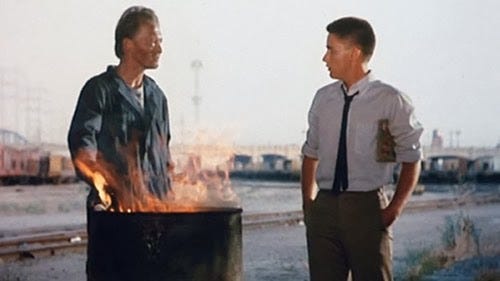

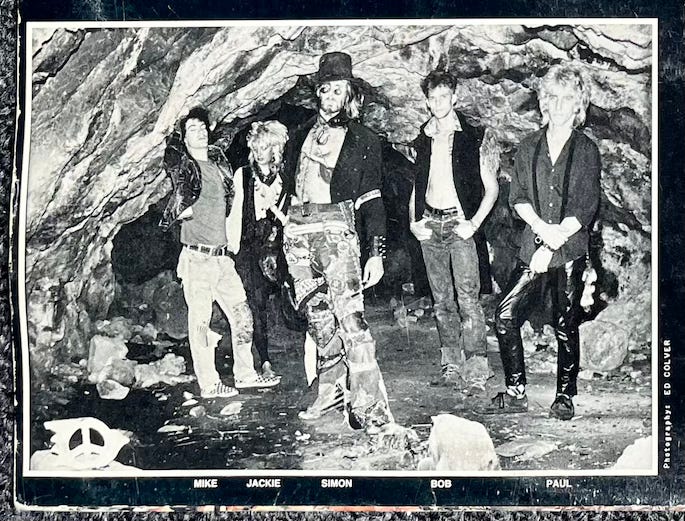
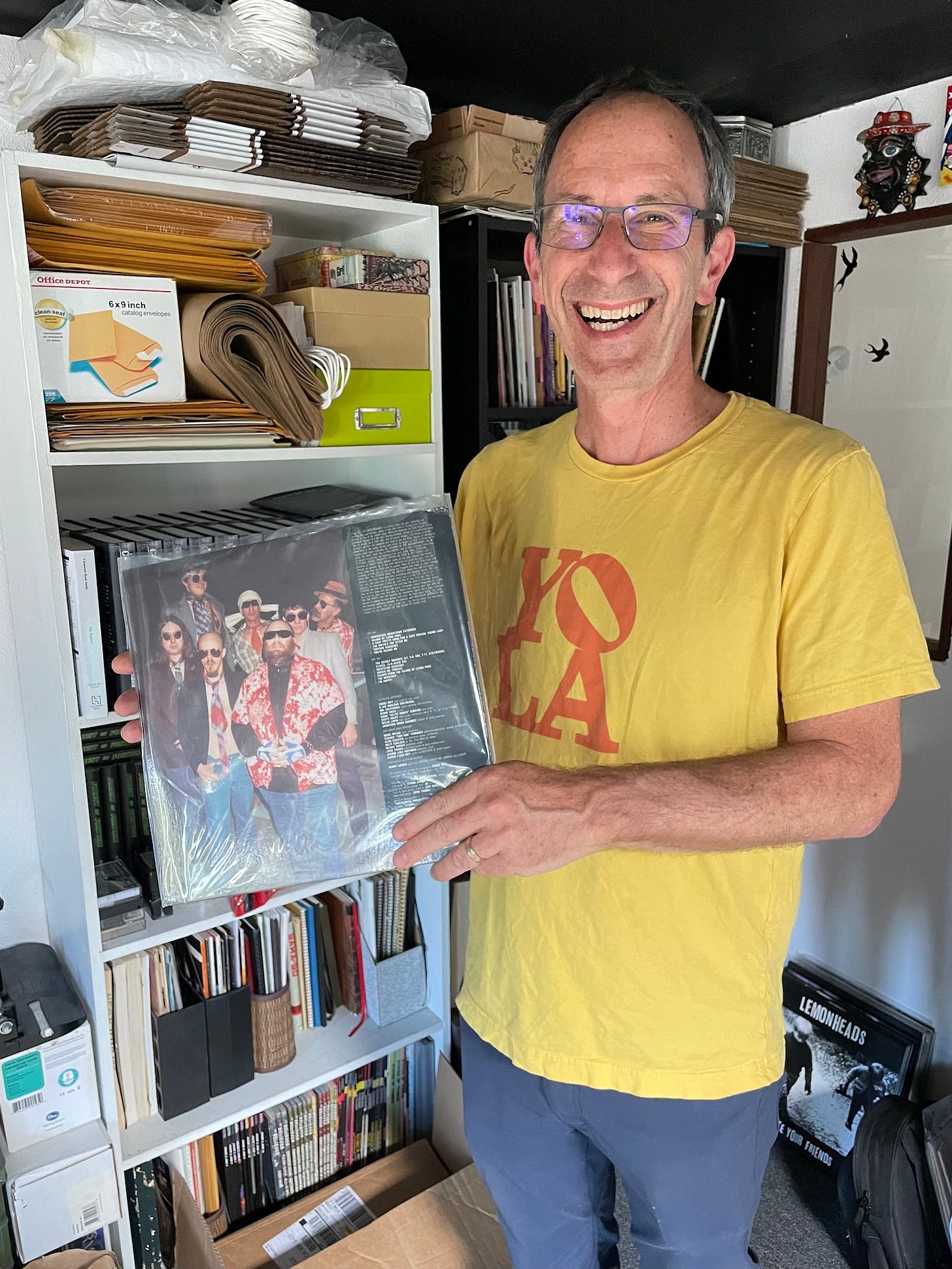
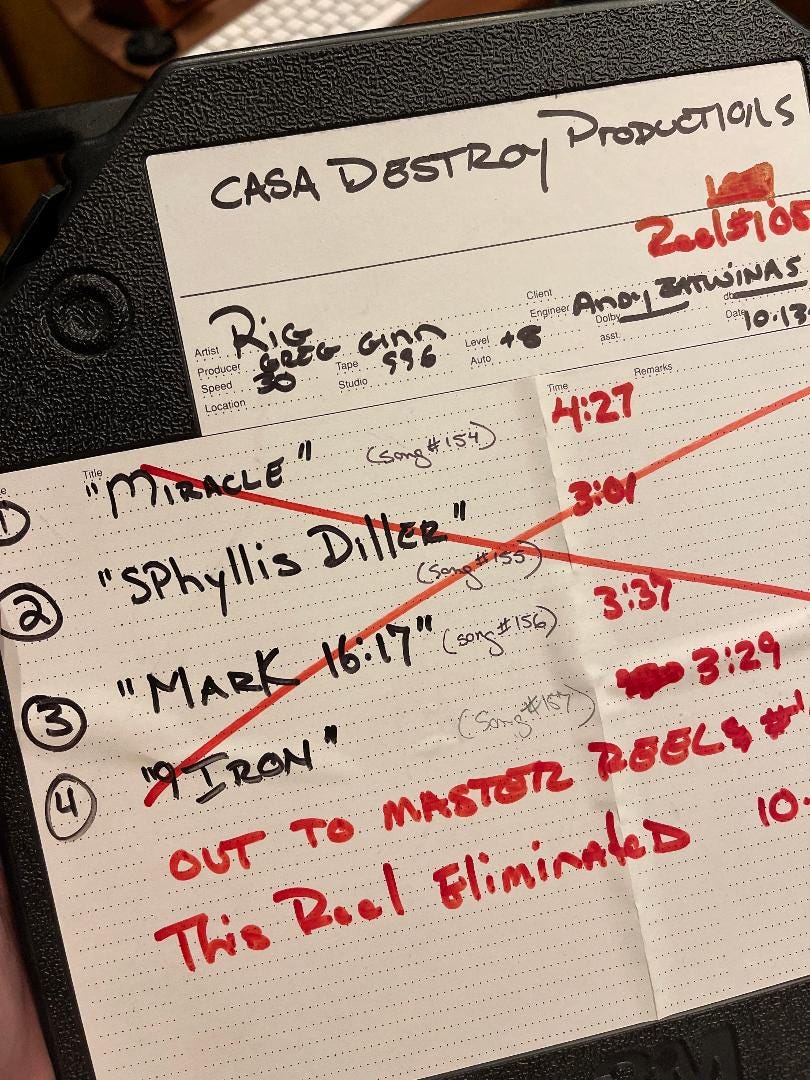
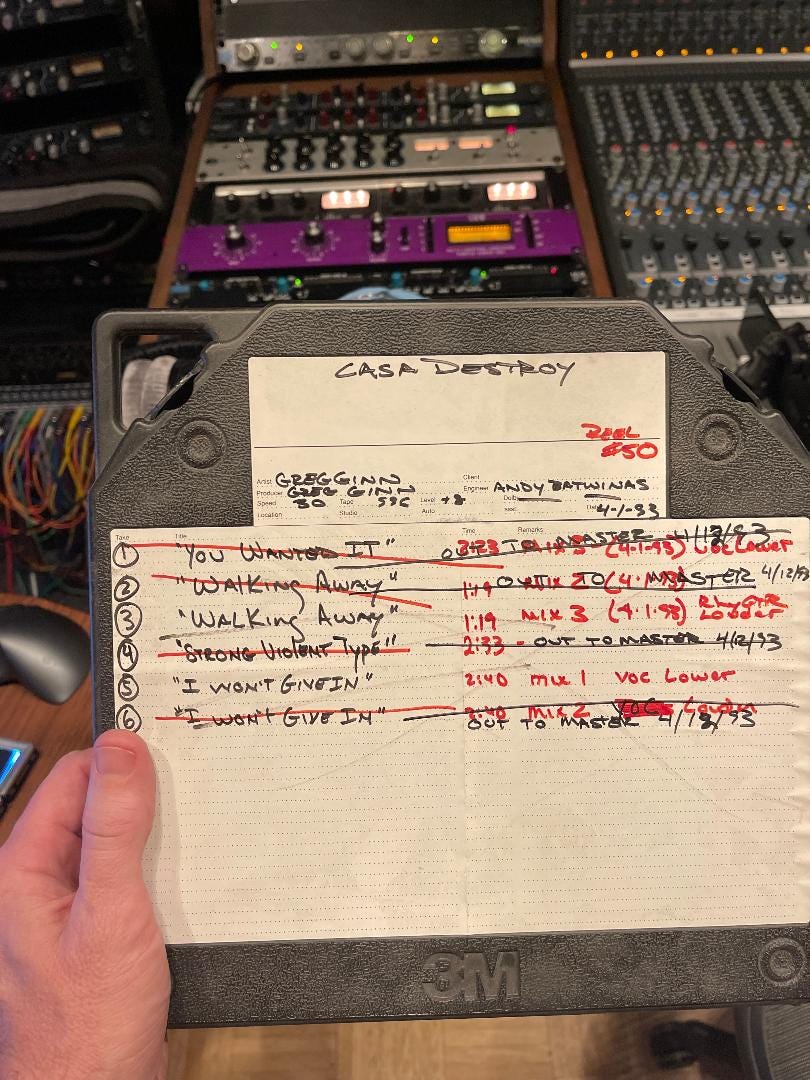


Yay! Good review, Anna!
I'll happily take more Casa Destroy or any other SST related gems you happen to come across and can throw our way!